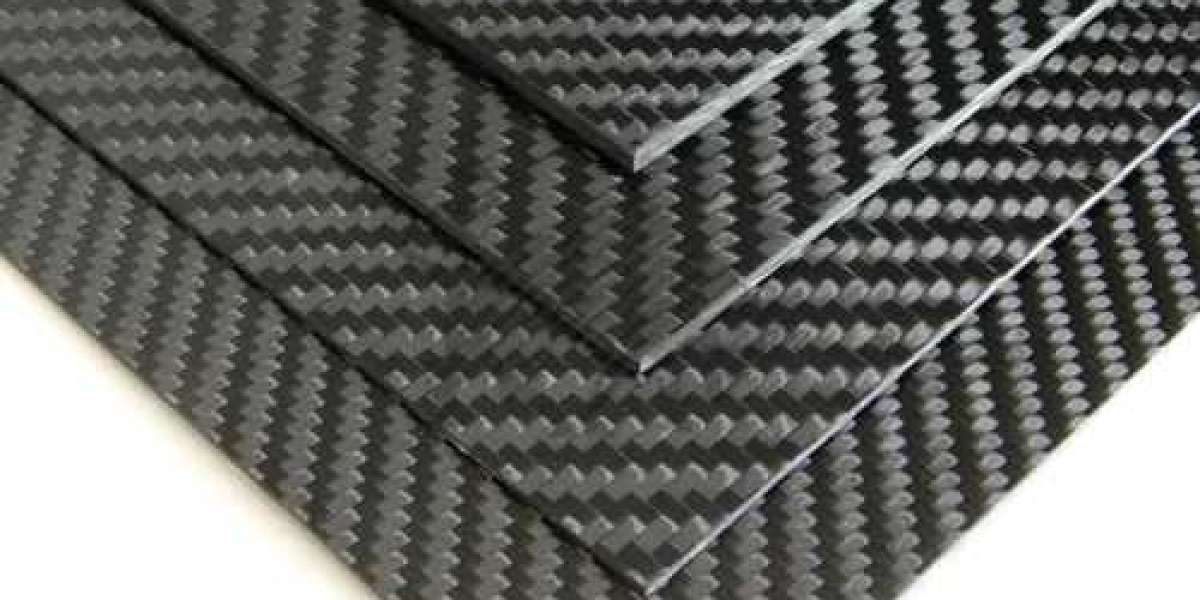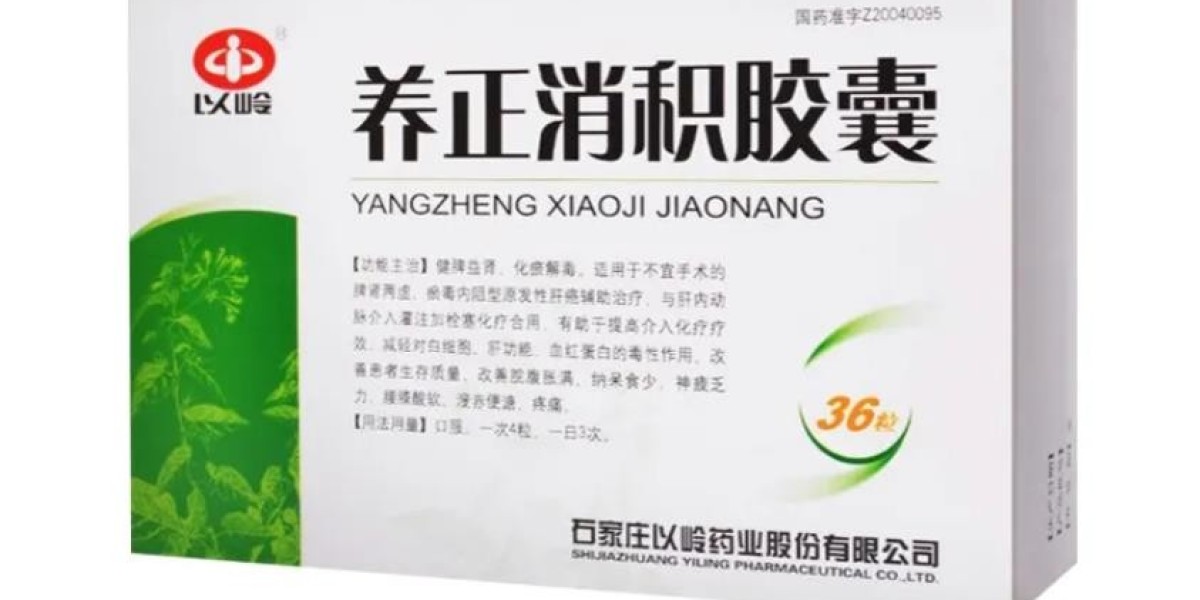Carbon fiber has become one of the most sought-after materials for many applications, including aerospace, automotive, and sports equipment. This is because carbon fiber offers an incredible combination of strength, durability, and lightness, making it ideal for creating high-performance products. One of the most common forms of carbon fiber is the carbon fiber sheet. In this guide, we'll explore the different types of carbon fiber weaves used to make these sheets and their characteristics.
Carbon Fiber Sheet
A carbon fiber sheet is made by weaving carbon fibers into a fabric, which is then infused with resin to create a solid structure. These sheets are incredibly strong and lightweight, making them ideal for use in high-performance applications. These sheets are available in different thicknesses, patterns, and weaves, each designed to provide specific characteristics.
Carbon Fiber Weaves
These are made by weaving individual carbon fibers together into a fabric. The way the fibers are woven determines the sheet's strength, stiffness, and weight. Different weaves create different patterns and appearances, which can also affect the sheet's performance. Let's take a closer look at some of the most common carbon fiber weaves used to make sheets.
- Plain Weave
The plain weave is the most common carbon fiber weave used for making sheets. It consists of fibers woven in a simple over-under pattern, creating a square-shaped pattern. The plain weave is easy to manufacture and results in a strong, lightweight sheet. However, the square pattern can create a "checkerboard" appearance that may not be desired for certain applications.
- Twill Weave
The twill weave is another common carbon fiber weave used for making sheets. It consists of fibers woven in a diagonal pattern, creating a distinctive "V" pattern. The twill weave is slightly more complex to manufacture than the plain weave, but it creates a smoother, more aesthetically pleasing appearance. Twill weave sheets are also stronger and more durable than plain weave sheets, thanks to the diagonal pattern that disperses stress more evenly.
- Satin Weave
The satin weave is a less common carbon fiber weave used for making sheets. It consists of fibers woven in a complex over-under pattern, creating a smooth, glossy appearance. Satin weave sheets are very attractive and have a distinctive "checkerboard" pattern that sets them apart from plain or twill weave sheets. However, the satin weave is more difficult to manufacture and can result in a weaker sheet if not done correctly.
- Basket Weave
The basket weave is a unique carbon fiber weave used for making sheets that creates a distinctive "woven" appearance. It consists of fibers woven in an over-under pattern that creates a square-shaped pattern. However, the squares are larger than those created by the plain weave, resulting in a more open appearance. Basket weave sheets are popular for their unique appearance but are not as strong or durable as plain or twill weave sheets.
Carbon Fiber Manufacturer
Choosing the right carbon fiber manufacturer is critical to ensuring you get high-quality sheets. There are many carbon fiber manufacturers out there, but not all of them are created equal. Some manufacturers use lower-quality materials or cut corners during the manufacturing process, resulting in inferior products. When choosing a carbon fiber manufacturer, look for one with a proven track record of producing high-quality products and providing excellent customer service.
Carbon Fiber Products
Carbon fiber sheets are just one of many carbon fiber products available on the market. Other popular carbon fiber products include:
- Carbon Fiber Tubes: These are similar to sheets but are tubular in shape. Carbon fiber tubes are commonly used in applications that require high strength and stiffness, such as aerospace and automotive applications.
- Carbon Fiber Plates: These are similar to sheets but are thicker and more rigid. Carbon fiber plates are often used for structural applications, such as building bridges or high-rise buildings.
- Carbon Fiber Reinforced Polymer (CFRP): CFRP is a composite material made by combining carbon fiber with a polymer resin. It is used in a wide range of applications, including aircraft, automotive, and sports equipment.
- Carbon Fiber Bike Frames: Carbon fiber bike frames are popular among cycling enthusiasts due to their strength, stiffness, and light weight.
- Carbon Fiber Racing Helmets: Carbon fiber racing helmets offer superior protection and are lightweight, making them a popular choice among motorsports athletes.
Conclusion
Carbon fiber weaves play a significant role in the production of carbon fiber sheets and other carbon fiber products. Understanding the different types of weaves and their characteristics is critical to choosing the right carbon fiber product for your application. Choosing a reputable carbon fiber manufacturer is also important to ensure you get high-quality products that meet your specific needs. With the right knowledge and resources, carbon fiber can revolutionize the way we approach high-performance applications.
Source: https://nitprocomposites.bcz.com/2023/04/05/complete-guide-to-carbon-fiber-weaves/








